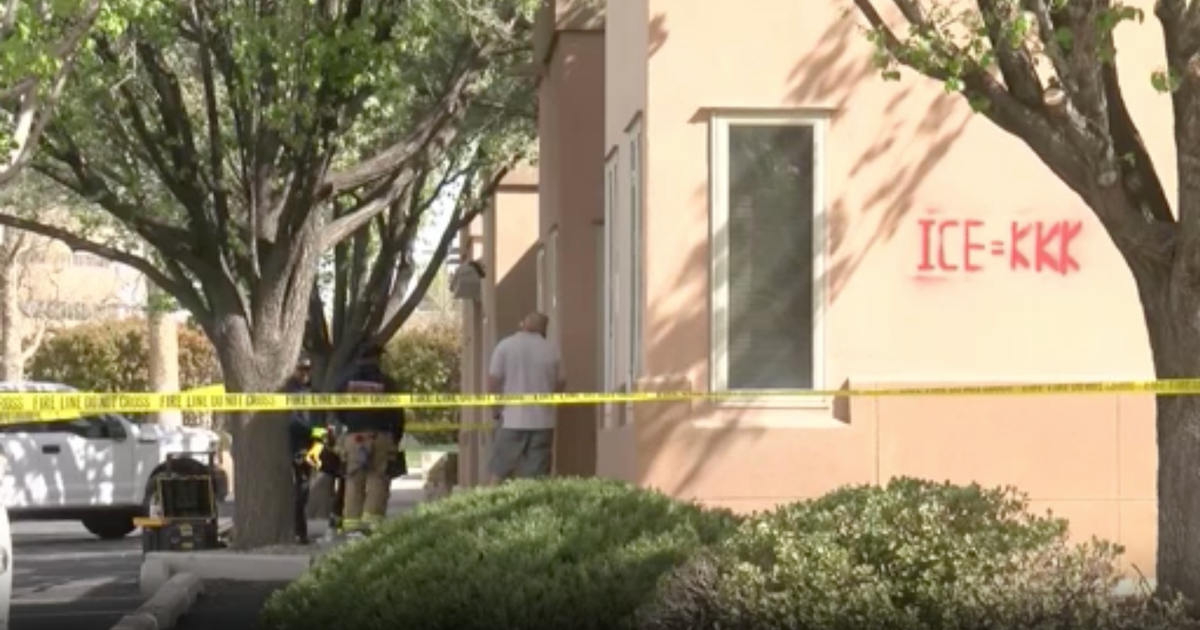How some EV buyers could pocket an extra $3,750 in tax credits
Consumers in the market for an electric vehicle in early 2023 could get a bigger-than-expected tax credit come January 1 because of a delay by the Treasury Department in drawing up rules for the tax breaks.
The department late Monday said it won't finish the rules that govern where battery minerals and parts have to be sourced until sometime in March.
The Inflation Reduction Act stipulates that a full $7,500 tax credit for electric-vehicle purchases are only available to EVs with batteries manufactured in the U.S., Canada or Mexico, while the batteries' minerals and parts also have to come from North America to qualify.
- Global coal usage rises to new high in 2022, energy agency says
- Proposed tax breaks for electric cars look generous — but they're complicated
- Shift to electric cars happening too slowly to avoid "climate catastrophe," report finds
But the Treasury Department said that rule won't take effect until it completes its guidelines for component requirements in March — which means more vehicles in early 2023 could qualify for the full $7,500 tax credit than would otherwise. Once the rules are in effect, many vehicles may only qualify for half the credit, or $3,750, because their batteries are made or sourced outside North America.
"It should allow some consumers to get an EV a little bit cheaper than they might have otherwise," said Chris Harto, a senior policy analyst on transportation and energy for Consumer Reports magazine.
The auto industry is watching the situation closely, but it could cause a rush to dealers because most, if not all EVs aren't expected to qualify for the full credit when the rules are all in place.
GM: Only half the credit
Automakers have warned that a large portion of U.S.-made cars could miss out on the most generous credits because of stringent sourcing requirements — designed to exclude China — for EV batteries.
For instance, General Motors already has said that it expects its EVs to get only half the tax credit, or $3,750, until at least 2025.
But with the sourcing rules delayed, that means people who buy early next year before the rules are announced could pocket an extra $3,750.
"I imagine there will be a rush," on EV dealers to get the extra savings, said Sam Abuelsamid, principal e-mobility analyst with Guidehouse Research.
In the meantime, Treasury said it will release information by year's end on the "anticipated direction" of the rules to help automakers identify eligible EVs, the department said in a statement. But the rules won't kick in until March.
Other requirements, like new caps on a buyer's income and price of the EV, will still take effect January 1. For instance, single buyers must have annual income of less than $150,000, although that jumps to $225,000 for heads of household and $300,000 for married couples who file their taxes jointly.
Chevy Bolt: $19,000 after the credit
With a base price of $26,595 including shipping, General Motors' Chevrolet Bolt hatchback is among the lowest-cost EVs on sale in the U.S. today. A $7,500 tax credit would knock the price down to just over $19,000 — less than the average price of a used vehicle in the U.S. That could bring buyers off the sidelines.
GM says it's watching developments with the tax credit rules. "We feel well-positioned, but we're still waiting on guidance for vehicle eligibility," spokeswoman Jeannine Ginivan said Tuesday.
Automakers have criticized the battery sourcing and assembly requirements as complex, hard to trace and unrealistic in the short term, with no EV model sold in the U.S. likely able to qualify right away for the full $7,500 tax credit. Beginning next year, the new law requires batteries to be made in the U.S., Canada or Mexico, with 40% of battery minerals coming from North America.
It's part of a U.S. effort to reduce reliance on batteries now predominantly made in China and move supply chains to the U.S. Fifty percent of the battery parts have to come from the U.S. or a country with which it has a free trade agreement. Those percentages will rise annually.
More broadly, U.S. allies including South Korea, the European Union and other countries are also upset that the new law will disqualify their foreign-made EVs unless or until they can open new U.S. plants, which could take several years.
Assembled in North America
The new law continues to require that EVs be assembled in North America, which took effect when President Joe Biden signed the measure in August. Still taking effect on January 1 are new caps that EV sedans must cost $55,000 or less, or under $80,000 for pickup trucks, SUVs and vans. A car buyer must have an income of $150,000 or less if single, or $300,000 if filing jointly.
Abuelsamid said it's not clear whether someone could order an EV before the rules take effect and still get the full credit. He suspects that people will have a hard time finding EVs, which like other automobiles are still scarce because the auto industry is having a hard time getting computer chips and other parts to keep factories running.
Harto said the temporary delay makes sense for the Treasury Department as it sorts out technical issues of minerals extraction and battery component manufacturing for its rule-making. Consumers in the meanwhile can take advantage if they pay heed as well to potential dealer markups, he said.
"The market for EVs has been supply-limited and I don't see that changing in the next two weeks, so that's the real risk — that this additional tax credit gets eaten up by dealer markups," Harto said.



